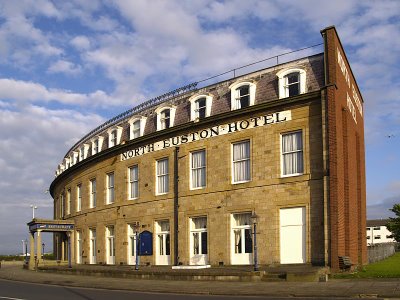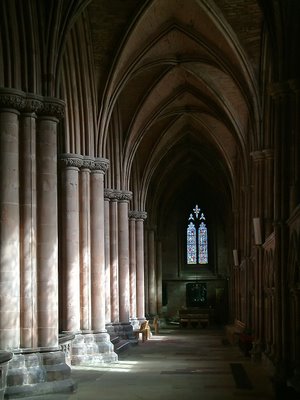If you've visited my photoblog since it creaked into life last December you'll know that I have the self-imposed task of posting a photograph and an accompanying piece of prose every day, short holidays excepted. Each piece of writing is sparked in one way or another by the image, and, as with the images themselves, I've ranged over a wide variety of subjects. Plainly, given that I'm neither a journalist nor a professional photographer, the quality of both the writing and the images varies quite a bit! However, I am pleased with some of what I've produced, and the task has been of value to me personally, developing both my writing and my photography. Through my daily postings I've received helpful criticism, advice, support and goodwill from many people, and I'd like to take this opportunity to thank them for taking the time and trouble to comment on what I'm doing. Your involvement has added considerably to my enjoyment in creating this blog!
All the photographs in the blog are taken using an Olympus E300 DSLR and Olympus Zuiko Digital (ZD) lenses. The one I've used most is the ZD 14-45mm 3.5-5.6 (28-90mm in 35mm terms), known as "the kit lens". I've also used the ZD 40-150mm 3.5-4.5 (80-300mm in 35mm terms) which is also a "kit lens" in Olympus's camera plus two lens offering. Recently I've acquired the ZD 35mm 3.5 macro (70mm in 35 mm terms) and it has been used for some shots. One shot (the pink carnation) uses a screw-on Sigma Achromatic Macro lens on the short zoom. I've been a long time Olympus user, buying an OM1 (MD version) SLR in 1974, and using it for 25 years without a single problem, so staying with Olympus in the digital age seemed an obvious choice.
My aim from the outset has been to keep the daily posts going until September, and I am continuing with this goal. However, I thought that now, about half way through the project, was a good time to pause and reflect on the photographs I've produced. And so, today's posting offers this gallery of what I think are the best shots to feature on the blog. There are 77 images.
I've put it together with JAlbum, the well-known free web photo album generator, created by David Ekholm. My album uses the default skin, but there are dozens to choose from. Making the album was amazingly easy, and this is a piece of software I'm happy to have found. I've not shown exif information because not all my resizes retained it. I have, however, used the best quality settings in JAlbum, but not the largest size, so some jaggies creep in. I may see if different settings improve on this when I add some more shots. By the way, don't click Order - it appears by default, but I haven't enabled anything connected with it!
photograph & text (c) T. Boughen





























